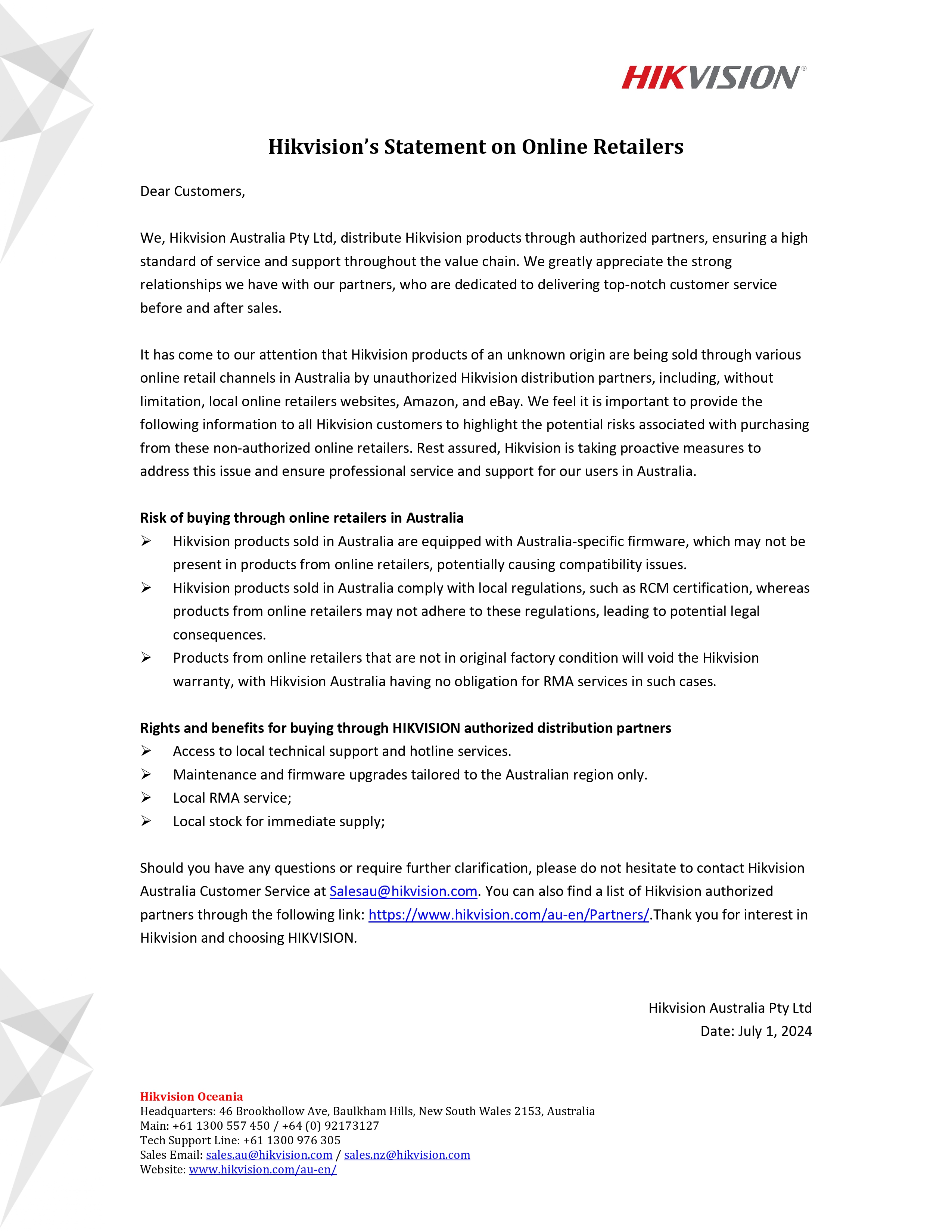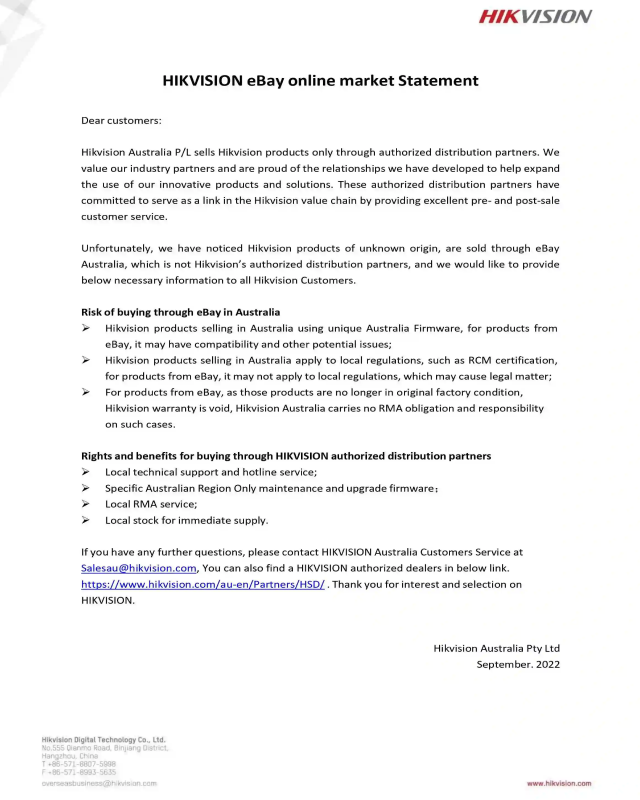What about the form factor? Bullet cameras were most preferred at 37%, followed by dome cameras (26%), PTZ cameras (20%) and turret cameras (17%).
While many factors would account for these preferences, one major consideration would be the type of application the camera will be used in. Although these cameras can be used in any location, bullet and PTZ cameras are typically ideal for outdoor installations while dome cameras perform quite well indoors.
For commercial, residential and small businesses (the most common verticals for our respondents), bullet cameras would be a good choice as they are weatherproof, easily installed, have long-range vision and can act as a physical deterrent to make the property less desirable to criminals. But dome cameras have the advantage of being harder to see and would be a good option if you don't want people to notice them.

